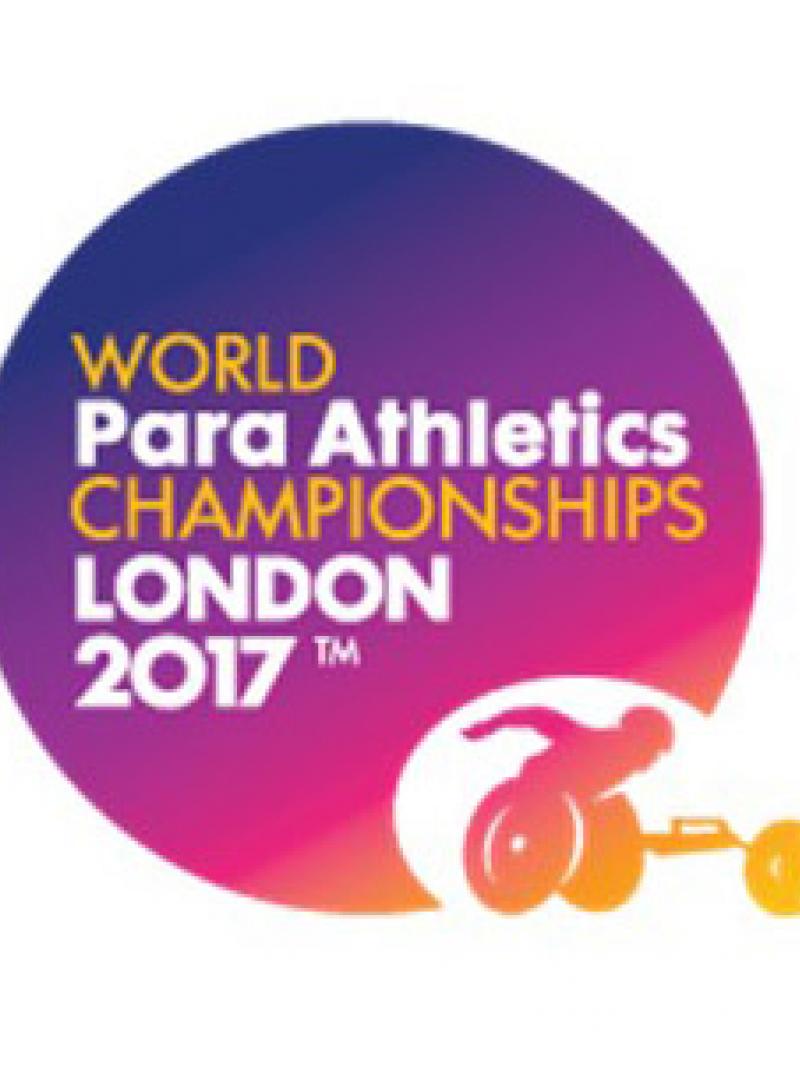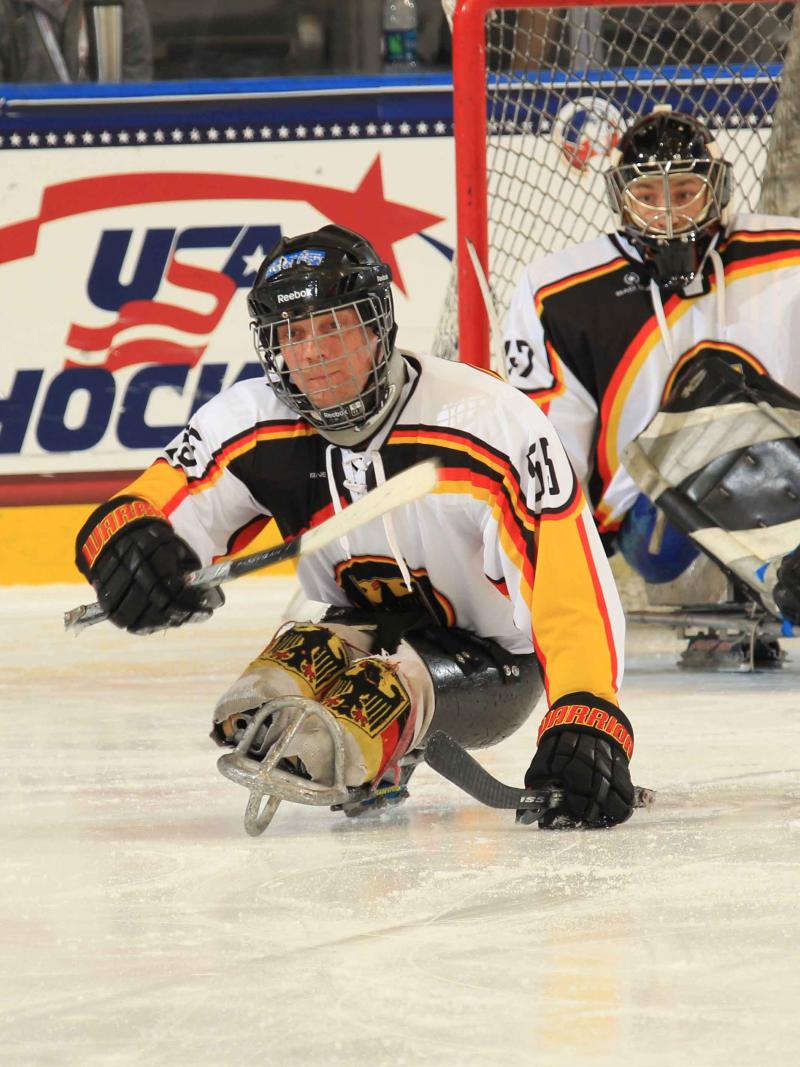Paralympic values promoted through art
‘Art of the Olympians’ is a platform where Olympians and Paralympians can show their creative side, express themselves and document their involvement in the arts. 23 Feb 2017
British Olympic track and field athlete Roald Bradstock.
“AOTO is not trying to change the art world, but the sports world.”
British Olympic track and field athlete Roald Bradstock has brought together dozens of Olympians and Paralympians through his project ‘Art of the Olympians’ (AOTO), creating a virtual and physical platform where they can show their creative side, express themselves, showcase their work and document their involvement in the arts.
As explained by Bradstock, the term ‘artists’ refers to people involved in “painting, drawing, print making, sculpture, photography, graphic and fashion design, music, acting, writing, poetry, etc.”
Great Britain’s poet Chris Channon and USA’s Paralympic champion and painter Gregory Burns are the two Paralympic artists who have joined the project since its foundation in 2006.
“I learned about AOTO many years ago and was excited to share my work with a distinguished group of like-minded people,” said Burns, who won two golds, two silvers and one bronze in swimming over three Paralympic Games.
“It would be great to bring culture firmly back into the Olympic/Paralympic Games and space. As athletes we train hard to do our best. As artists we do the same to share the best of what we can create, given all of our life experiences. I would hope to inspire others to do and be more.”
Some of Burns’ work is available on his official website.
Channon competed in athletics at Arnhem 1980 and Stoke Mandeville/New York 1984 and joined AOTO in February 2016 after hearing Bradstock talking about his project on BBC Radio.
“I am a very amateur poet, but after the interview I contacted Roald [Bradstock] via the AOTO website and asked him if I could get involved,” he said.
“He got back to me almost immediately and, after a brief flurry of emails, accepted me as a member of AOTO.
“By being involved with AOTO, I hope that both I and my fellow Paralympic and Olympic athletes can get to share their artistic skills between themselves and the public, and by doing so display other aspects of their character personality that are not apparent in the sporting arena.”
Channon, who has cerebral palsy, learned to read at an early age but had problems with his handwriting due to coordination problems.
“The issue was not properly solved until I was well into my twenties, when computers became affordable to the masses,” he said.
“For the first time in my life I could put down my thoughts down on paper and other people could read what I had written. I do not think I can ever put into words what that actually meant to me!”
There are up to 59 confirmed artists now, but Bradstock, known as the ‘Olympic Picasso,’ believes there is yet a lot more that can be achieved through AOTO.
“AOTO is not trying to change the art world, but the sports world,” he said.
“By leading through example and with its educational programmes, we want to promote the Olympic and Paralympic ideals and values to a large global audience and show the connection and similarities between sport and the arts.”
More information is available on AOTO’s website.







